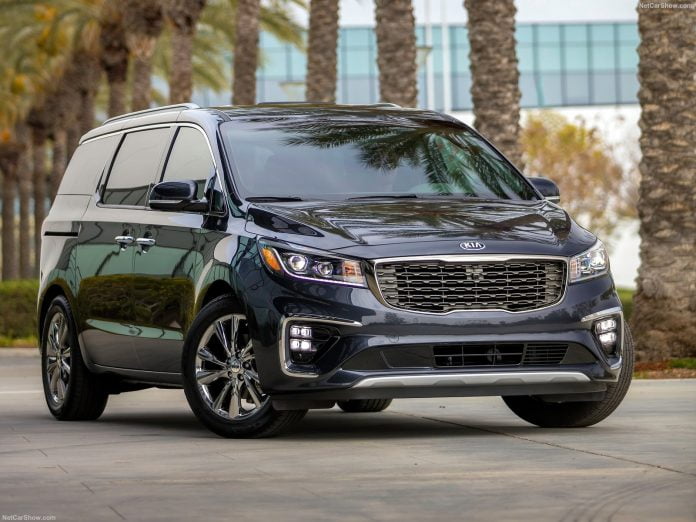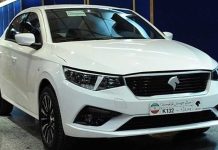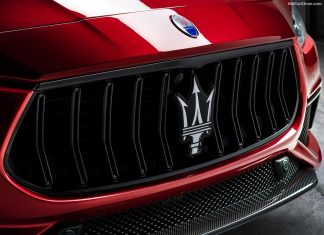Iranian vehicles market pushed the brakes in 2018 with 1.194.505, down 23.1%, hit by new sanctions from US and internal structural weakness, not addressed by reforms and modernization. Saipa – less affected than foreign car-makers – took the lead ahead of Renault.
Economic Environment
Iran’s economy has contracted in H2 of Iran’s fiscal year (SH), after expanding marginally in H1 according to data from the Statistical Institute, with relatively low oil prices and U.S. sanctions weakening the external sector. As outlined in OPEC’s January report, Iran’s oil production declined significantly in Q4 relative to Q3.
On the political front, France, Germany and the UK launched a mechanism on 31 January that will facilitate trade of essentials like food and medicine with Iran. However, with U.S. sanctions limiting trade in other types of goods, the move is unlikely to provide a significant boost to Iran’s economy.
Market Trend
The Iranian market is the largest in middle east with a powerful – but quite obsolete – local production and imports for all the international brand.
The industry -as many others sectors – life under the influence of international relations and the long dispute with US related to the potential local built of nuclear weapons has isolated the country. In the last decade, when the domestic market was around 1.5 million units (and within the top 15 in the World) the introduction of US sanctions closed the doors to products and parts to the sector, hitting the production and the sales of French products (Peugeot and Renault) always very strong in Iran in partnership with local producer.
In the 2013 the market hit a negative peak of 784.000 sales limiting the lost thanks to the fast development of Chinese brands, which partially covered the open spaces left by French carmakers. When sanctions had been stopped (2014) the re-start of production for Peugeot and Renault and the arrival of parts for local brands revamped the market, which grew up for four years in a row with 2017 sales at 1.34 million.
Unfortunately, the Trump’s election has generated new sanctions and the video in going back.
Peugeot had planned to create a hub in Iran to export in EMEA and Volkswagen was planning to start producing locally, but all projects has been cut and import collapsed in the 2018, while Chinese brands, not competitive in an open market, are back aggressive and ready to invest.
According to data released by the Iranian National Bureau of Statistics, in the 2018 light vehicles sales (local production plus import) were 1.194.505, with a drop of 23.1% from the previous year.
Competitive Arena
In the competitive landscape, the renewed issue due to sanctions has created huge difficulties to French carmakers, Peugeot and Renault, opening again highways to the invasion of Chinese carmakers.
Peugeot, which only last year kicked off a plan to produce and export modern vehicles from Iran, has decided to not more consolidate in the balance sheet the local joint venture figures and to stop any planned investment.
As far as local sales, the 2018 market leader was Saipa with 352.648 sales (-17.2%) overtaking Peugeot, second with 336.096 (-24.9%).
In third place Iran Khodro with 125.444 sales (-16.4%) followed by Renault with 85.052 -down a dramatic 52.4% – and Chery with 53.390 (-23.5%).
Tables with sales figures
In the tables below we report sales for Top Brands











